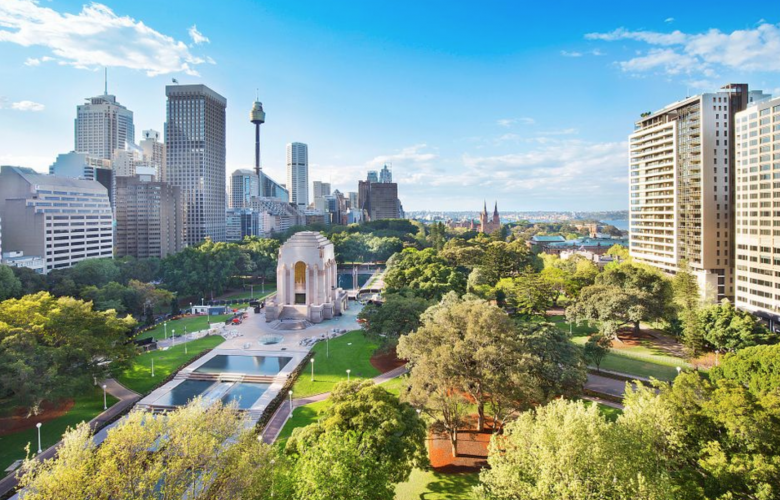Gap between Australia’s house and unit market hits record high - CoreLogic
Contact
Gap between Australia’s house and unit market hits record high - CoreLogic
The disparity between Australia’s house and unit values reached an all-time high in January of 28.3%, despite double-digit annual growth rates for both houses and units.
The disparity between Australia’s house and unit values reached an all-time high in January of 28.3%, despite double-digit annual growth rates for both houses and units.
CoreLogic’s new monthly Unit Market Update shows units recorded an annual growth rate of 14.3% in the 12 months to January while house values rose 24.8% over the same period. When combined, it’s Australia’s highest annual dwelling growth rate since 1989.
Report author CoreLogic Research Analyst Kaytlin Ezzy says although house growth has traditionally outpaced unit growth over the past decade, the performance gap throughout the current upswing has been notably higher than in previous cycles, thanks in part to COVID-related demand shocks disproportionately affecting unit demand.
“The annual performance gap between houses and units began to narrow in the final three months of last year, in part due to the lifting of lockdowns and border restrictions as well as increasing affordability constraints diverting demand towards the medium to high-density sector,” Ms Ezzy says.
“However, in January we saw that annual performance gap start to widen again, which could, in part, be explained by the disparity between advertised house and unit supply. Shortages in advertised listings throughout COVID has helped fuel value growth by creating a sense of urgency among buyers.”
During January 2022, the total advertised unit supply in Australia’s combined capital cities was down -3.7% compared to the same time last year and -7.8% below the previous five-year average. Over the same period, capital city house listings were down -12.5% compared to this time last year and -32.7% below the five-year average.
While unit values have continued to underperform nationally, growth conditions are becoming more diverse amongst the individual capitals and rest of state regions. Canberra (5.6%) Darwin (2.6%), regional Victoria (5.7%) and regional Tasmania (9.2%) all recorded stronger unit growth over the three months to January when compared to their respective housing markets.
Ms Ezzy says with the exception of Darwin the total advertised unit stock in each of these markets was more than -30% below the previous five-year average.





